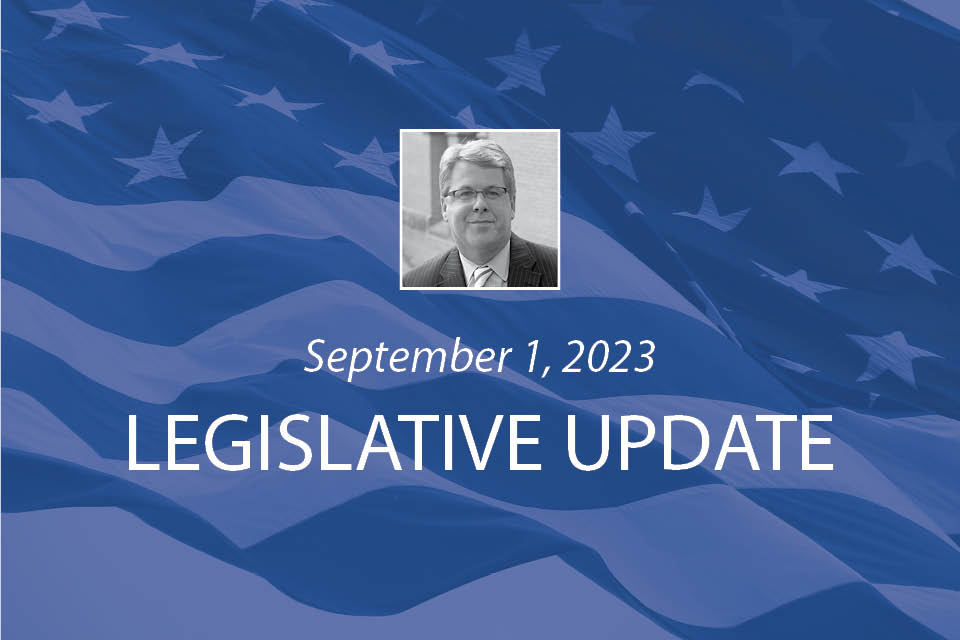Overtime Pay Rulemaking
On Wednesday, the Department of Labor (DOL) proposed an overtime pay rule that would raise the salary threshold for salaried workers to automatically qualify for overtime compensation. According to the Department of Labor, the proposed rule would guarantee overtime pay for most salaried workers earning less than about $55,000 per year, extending overtime protections for 3.6 million Americans.
Specifically, DOL is proposing an increase of the minimum salary threshold for overtime eligibility under the Fair Labor Standards Act to $1,059 per week, or $55,068 per year. The proposed threshold would mark an increase from the current level of $35,568 per year — set by the Trump administration in 2019 — and exceeds the $47,476 level proposed by the Obama administration in 2016.
Once published in the Federal Register, the proposal will be subject to a 60-day public comment period.
Waters of the U.S. Rule
Earlier this week, the Environmental Protection Agency released its much-anticipated final rule defining Waters of the United States (WOTUS) following the Supreme Court’s decision in Sackett v. EPA.
This is an upstream issue for ABMA members as it affects forest landowners that supply the marketplace with lumber. EPA’s interpretation of WOTUS has been an ongoing issue for years as it has created uncertainty about where timber harvesting can occur and where it may not. In extreme interpretations of WOTUS, even areas of a property that are wet only certain times of the year are considered a jurisdictional water and subject to federal water quality standards—meaning any harvesting activity near these areas would be curtailed. EPA’s action is helpful in that it removes references to the “significant nexus” test from the rule along with water bodies, primarily wetlands, that do not have a continuous surface connection to rivers, streams, lakes, and other significant water bodies that plainly fall under the EPA’s regulatory jurisdiction under the Clean Water Act.
EPA did not address ongoing ambiguity regarding the “relatively permanent” test used to determine whether water bodies are permanent enough to fall under EPA’s jurisdiction. That ambiguity, coupled with the agency’s determination that it did not require public comment on its changes to the definition, will likely be further litigated. The bottom line though is that this final rule is generally positive for forest landowners. We will keep you apprised of developments on this issue.




